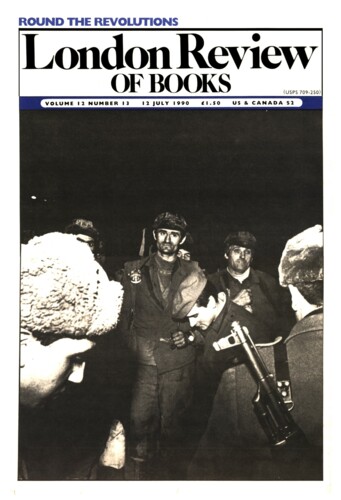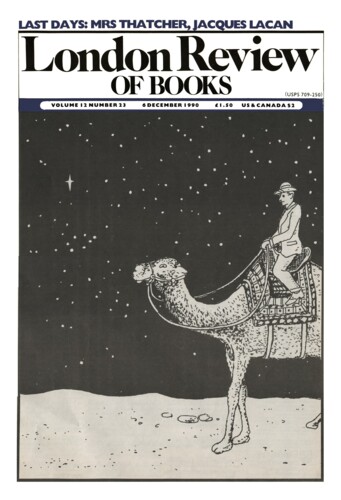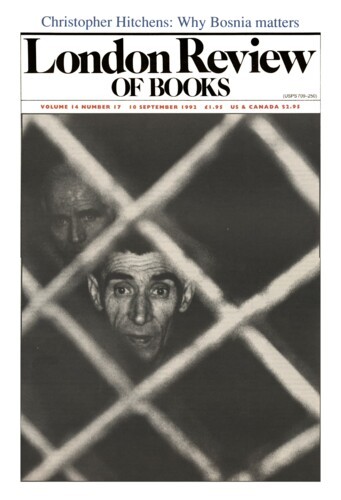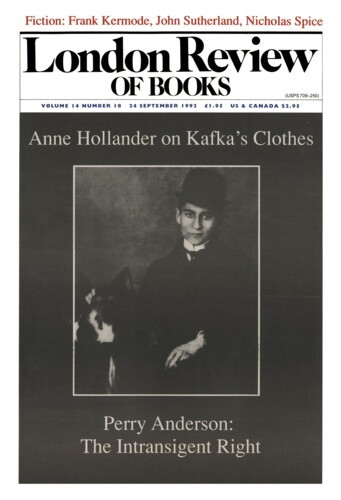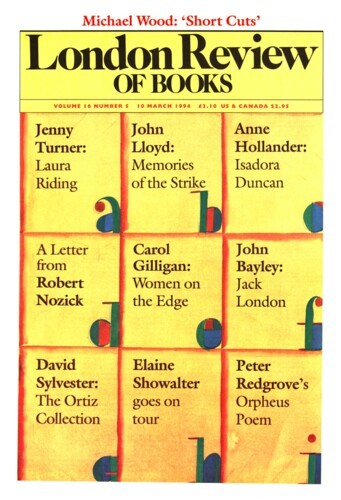Real women stay at home
Anne Hollander, 12 July 1990
The rise of Laura Ashley seems like the right accompaniment to the rise of contemporary feminism, following her initial vogue in the radical climate of the Sixties. The first move was back to natural fabrics and basic shapes; and then, just as women were trying to get out of the kitchen and down off the pedestal, she moved on to a theatricalised restoration of The Angel in the House, rural version, in all her printed-cotton glory. It was an inspired idea that was bound to succeed, especially when backed up by Laura Ashley’s own desire to live up to the domestic ideal herself while simultaneously reaping the profits of a business.
